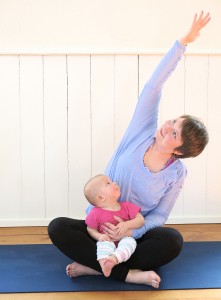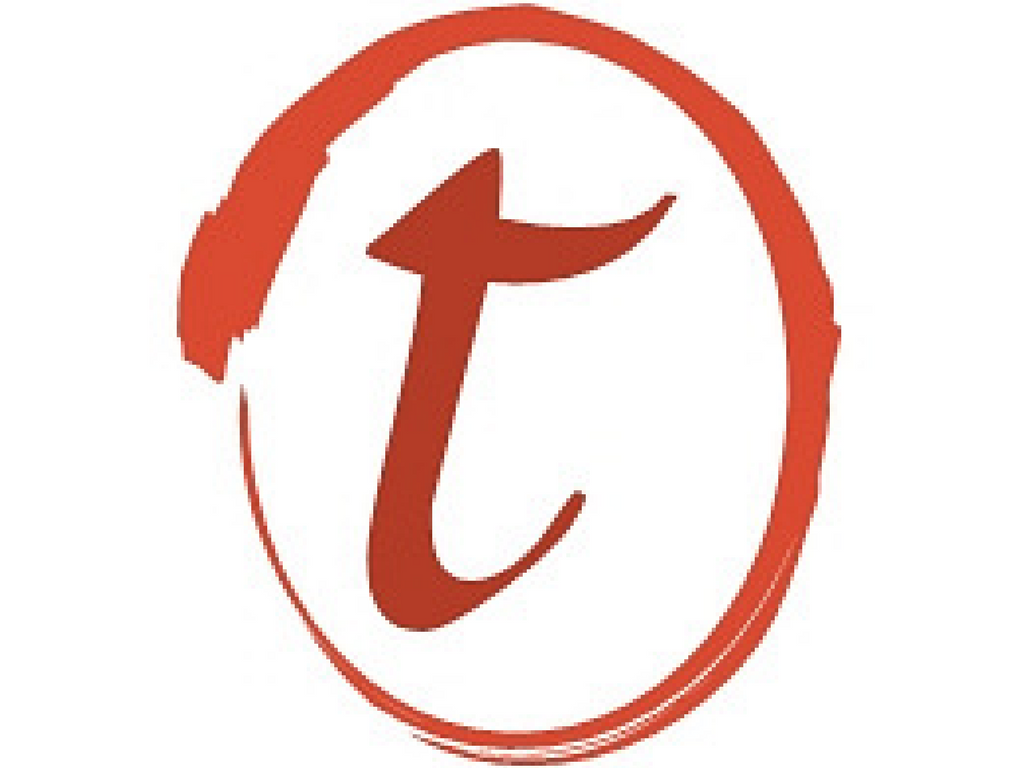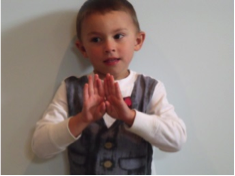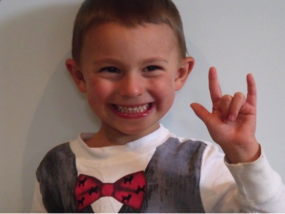by Amanda Eriksen, RPYT, CYT
Why Baby Sign Language?
Studies have shown that teaching baby sign language doesn’t increase the speed in which your baby talks, and there is conflicting information as to whether or not it improves baby’s vocabulary once they do start to talk. Your little one will also find their own way to communicate way before their first words. The point and cry method is a common one! So it’s not surprising when I get the question “why bother with sign language?” Here are 3 reasons why I feel like it’s worth it.
- Babies can begin signing around at around 6 to 8 months of age. You may be surprised at the quickness your little one catches on! While the point and cry method works, it is certainly not the best, and can involve a lot of guess work, frustration and tears. Giving your little one some tools to communicate their basic wants and needs makes life a little easier. And you get to see your baby’s “first words” way earlier!
- Teaching your baby sign language allows you to have the opportunity to do something meaningful together. This is a great way to bond with baby as you learn something new together. Also if you have other children, this is something they can do together, helping to strengthen the sibling bond as well.
- Learning baby sign language has many of the same benefits as learning a second language such as increased brain function, increased memory, increased ability to multi-task, better problem solving skills, increased ability in decision making, improved self-confidence and better understanding of self. And because sign language uses your hands you get added benefits of finger dexterity, hand eye coordination and body awareness. If sign language is new to you, then all these benefits are there for you too!!
Sign Language – Not Just for Babies
Signing isn’t just for babies either. Many moms keep it up as their child grows. It comes in handy when talking to your child across a crowded room or signing “I Love You” over their friends’ heads (as not to humiliate your budding teen). For me watching my two children’s faces when they first started signing “milk” is something I will never forget. It was one of their first accomplishments and a step toward independence. And while the point and cry method is still very prevalent in our house, if I do not understand my 13 month old daughter rolls her eyes (I swear she does!) and signs.
Check out some signs to start with on the following page. For more words there are many websites out there, my favourite website for learning baby sign language vocabulary is Baby Sign Language.
BABY SIGNS
Milk: hold your hand and move your fingers as though you are milking a cow
Eat: Tap your fingers to your mouth
All Done: Take hands with palms facing out and swish them so palms facing in, as though clearing away.
Please: move an open hand (palm facing in) around in a circle by your chest.
Thank-you: Take fingers to chin then pull them down and away from face.
Help: Make a fist with one hand (thumb up) and place on the other palm. The hand in a fist moves up.
More: Press fingers together and move hands together and away from each other.
I Love You: Pointer finger, thumb and pinky are up, ring and middle finger fold down (this is tricky for little hands and so thumb can help hold down the fingers)
Amanda teaches Prenatal, Baby & Me and Toddler & Me Yoga at Tone Studio. To learn more about these classes or her click here.










